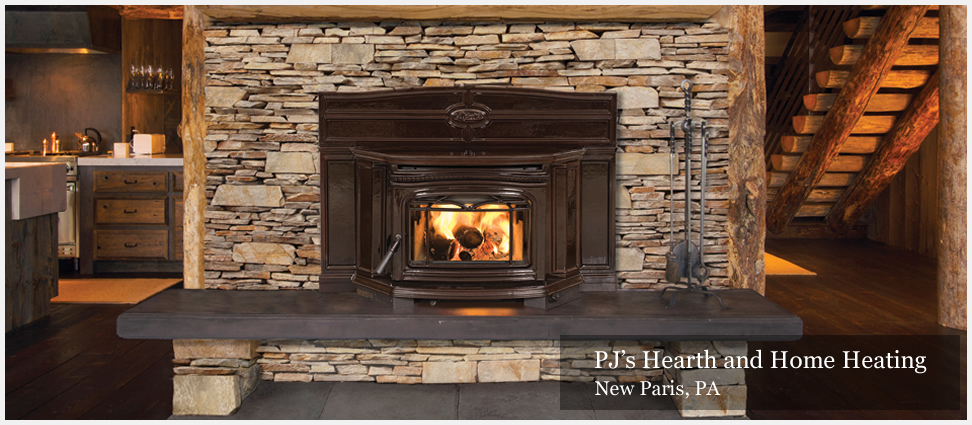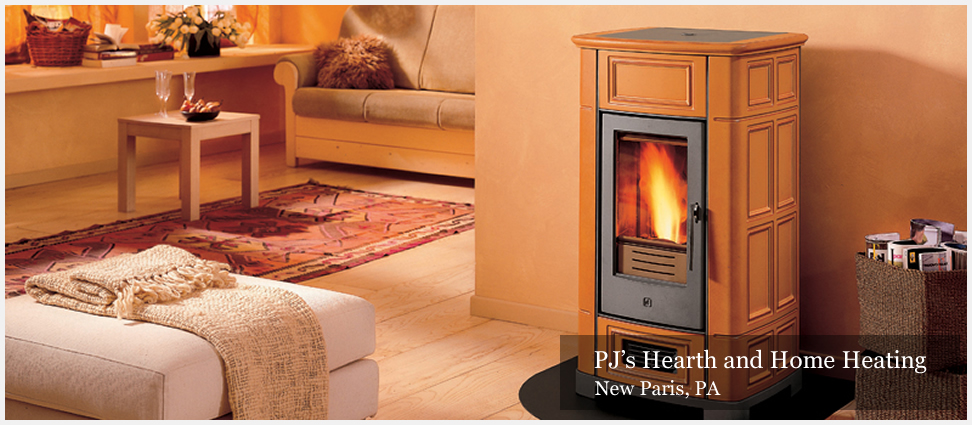What types of wood heaters are covered under the rule?
The final rule strengthens the emissions standards for new wood stoves, while establishing federal air standards for other new wood heaters, including outdoor and indoor wood-fired boilers (also known as hydronic heaters).
The final standards also set particulate matter (PM) emission limits for newly manufactured adjustable-rate woodstoves, pellet stoves, wood-fired hydronic heaters, wood-burning forced-air furnaces, and a type of previously unregulated woodstove known as a “single burn rate” stove.
Are all wood heaters covered by the rule?
The rule does not affect existing woodstoves and other wood-burning heaters currently in use in people’s homes. It also does not apply to new or existing heaters that are fueled solely by oil, gas or coal, and it would not apply to outdoor fireplaces, fire pits, pizza ovens or chimineas.
In addition, EPA did not include new indoor fireplaces for regulation, based on the agency’s review of data indicating that typical fireplaces are not effective heaters. Fireplaces are included in an EPA voluntary program that encourages manufacturers to make cleaner-burning new fireplaces, and retrofits for existing fireplaces, available for consumers.
EPA has a number of tools available to help local governments address existing heaters, including “Strategies for Reducing Residential Wood Smoke” issued by EPA’s Burn Wise program. This comprehensive document covers local regulations, voluntary programs, funding mechanisms and best burn practices – all of which can help reduce particle pollution from existing wood-burning appliances.




